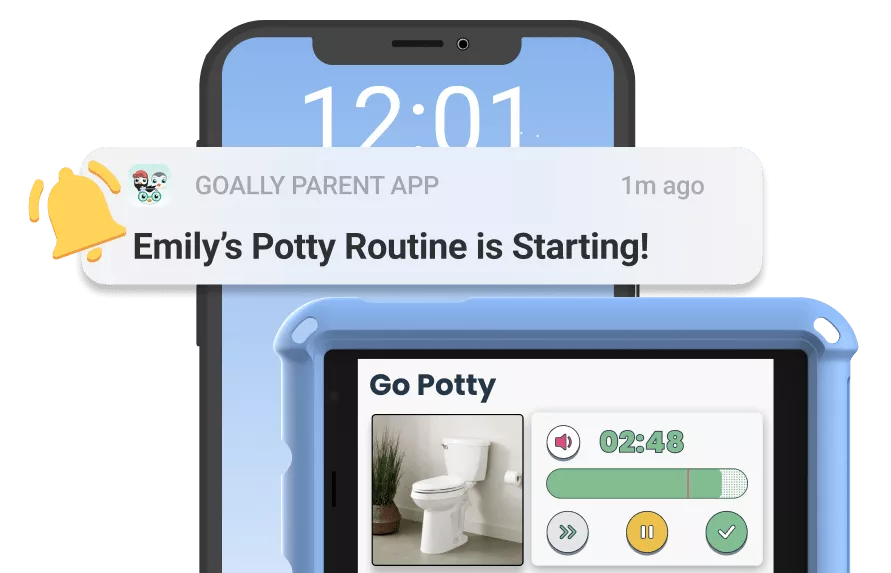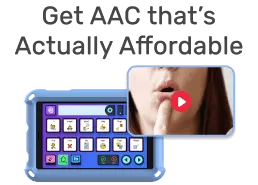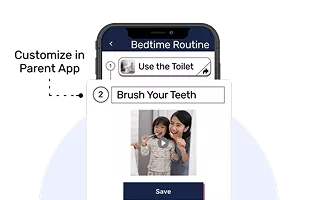Sharing social stories is an effective way to help kids with learning differences and neurodivergent kids understand social norms and expectations. In this guide, I’ll show you how to use them to teach critical social skills at home and beyond.
Key Takeaways:
- Social stories simplify complex social interactions, helping kids with autism and ADHD understand expectations.
- Using social stories consistently can improve social confidence and reduce anxiety.
- Examples of sharing-focused social stories include taking turns, waiting patiently, and managing emotions.
What is a sharing social story? A sharing social story is a short, descriptive narrative that helps kids learn how to take turns, share resources, and understand the benefits of collaborative play. It uses clear language and often includes visuals to make concepts more relatable.
Table of Contents
What Are Social Stories?
Social stories are short, descriptive narratives designed to explain social situations to kids. They highlight expected behaviors and outcomes, making social interactions more predictable and less intimidating. These stories are especially helpful for neurodivergent kids, who may struggle to interpret social cues or adapt to changes in routines.
For instance, a story about “sharing toys” might describe how taking turns can make playtime more enjoyable for everyone involved. Social stories are not just instructional—they also validate feelings and promote empathy.

Read more: How to Create a Personal Space Social Story
Why Sharing Social Stories Helps Neurodivergent Kids
Social stories help kids visualize and practice social situations before they happen. This proactive approach reduces anxiety and builds confidence.
For example, when a child knows ahead of time what to expect during a school assembly, they are more likely to feel at ease. Social stories can also address emotional regulation, such as handling frustration when waiting in line.
Benefits of Social Stories
Sharing social stories isn’t just about teaching behaviors—it’s about empowering kids to thrive in social settings. Here are some key ways they help:
- Clarify Expectations: Social stories simplify tricky social situations, breaking them into clear, actionable steps that kids can follow with ease.
- Boost Confidence: When kids know what to expect, they feel more prepared and less overwhelmed, making unfamiliar scenarios much less daunting.
- Encourage Empathy: By highlighting the perspectives and feelings of others, social stories help kids learn to care about and connect with their peers.
With these benefits, social stories can make social interactions smoother, less stressful, and even enjoyable for your child.
How to Use Social Stories Effectively
Simply reading a social story once might not do the trick. Like any skill, understanding social situations takes practice. Here’s how you can make social stories more effective:
- Read Regularly: Introduce the story before a potentially challenging situation. For example, read a story about sharing before a playdate. Repetition is essential—it helps the lessons sink in. You can make this part of your routine, like reading a social story at bedtime or during morning prep.
- Practice Together: Role-play the situation with your child after reading the story. Acting it out helps them internalize the steps and feel more prepared when the moment arises. Celebrate their efforts and praise them when they put what they’ve learned into action to encourage positive behavior.
With consistent use and some creative role-playing, social stories can become a powerful tool in your parenting toolkit, helping your child grow their social skills and confidence one step at a time.

Read more: Fire Drill Social Story for Kids
How to Incorporate Sharing Social Stories in Everyday Life
Integrating social stories into daily routines can make them even more impactful. Here are some tips:
Use Visual Aids
Adding pictures or illustrations to a social story can make it more engaging and relatable for your child. Visuals help reinforce the key messages and provide an extra layer of understanding.
For example, a story about sharing toys could include photos of your child with their friends, smiling as they take turns.
Connect to Real-Life Scenarios
Link the story to a specific event, like a family gathering or a playdate. When kids see how the lessons apply to their own lives, they’re more likely to remember and use the strategies.
For instance, if your child struggles with waiting their turn at the park, read a story about waiting in line before your visit.
Goally | 100+ Streaming Video Classes
Does your child need some extra guidance on building essential life skills? Goally’s skill building tablet for kids includes a TV app that has the most robust video library of skills training videos for kids. Ranging from content like “How to Brush Your Teeth” to “How to Make Friends at School,” we have dozens of interactive video lessons for kids with thinking and learning differences.

HERE’s a video explaining how to works.
Social stories help kids navigate social situations with confidence by providing clear examples that enhance their understanding of social cues, communication, and appropriate responses. Regular engagement with these stories can improve social development, interactions with peers, and self-esteem, while also teaching important lessons about empathy and teamwork.
Resources:
FAQs about Sharing Social Story
What is a sharing social story?
A sharing social story is a short narrative that teaches kids how to take turns and share, making social interactions clearer and less intimidating.
How can a sharing social story help my child?
It helps kids understand social expectations, reduces anxiety, and encourages positive behaviors like cooperation and empathy.
When should I use a sharing social story?
Use it before a challenging social situation, such as a playdate or group activity, to prepare your child for what to expect.
Are sharing social stories only for kids with autism?
No, they are helpful for any child learning social skills, including kids with ADHD or other learning differences.
How often should I read a sharing social story?
Read it consistently, such as daily or before relevant situations, to reinforce the lessons and boost your child’s confidence.

Hennah is an experienced writer and researcher, helping children with autism, ADHD, and other neurodivergent conditions. As a blog contributor for Goally, she combines her deep understanding of neurodiversity with practical advice, offering valuable insights to parents and educators.





